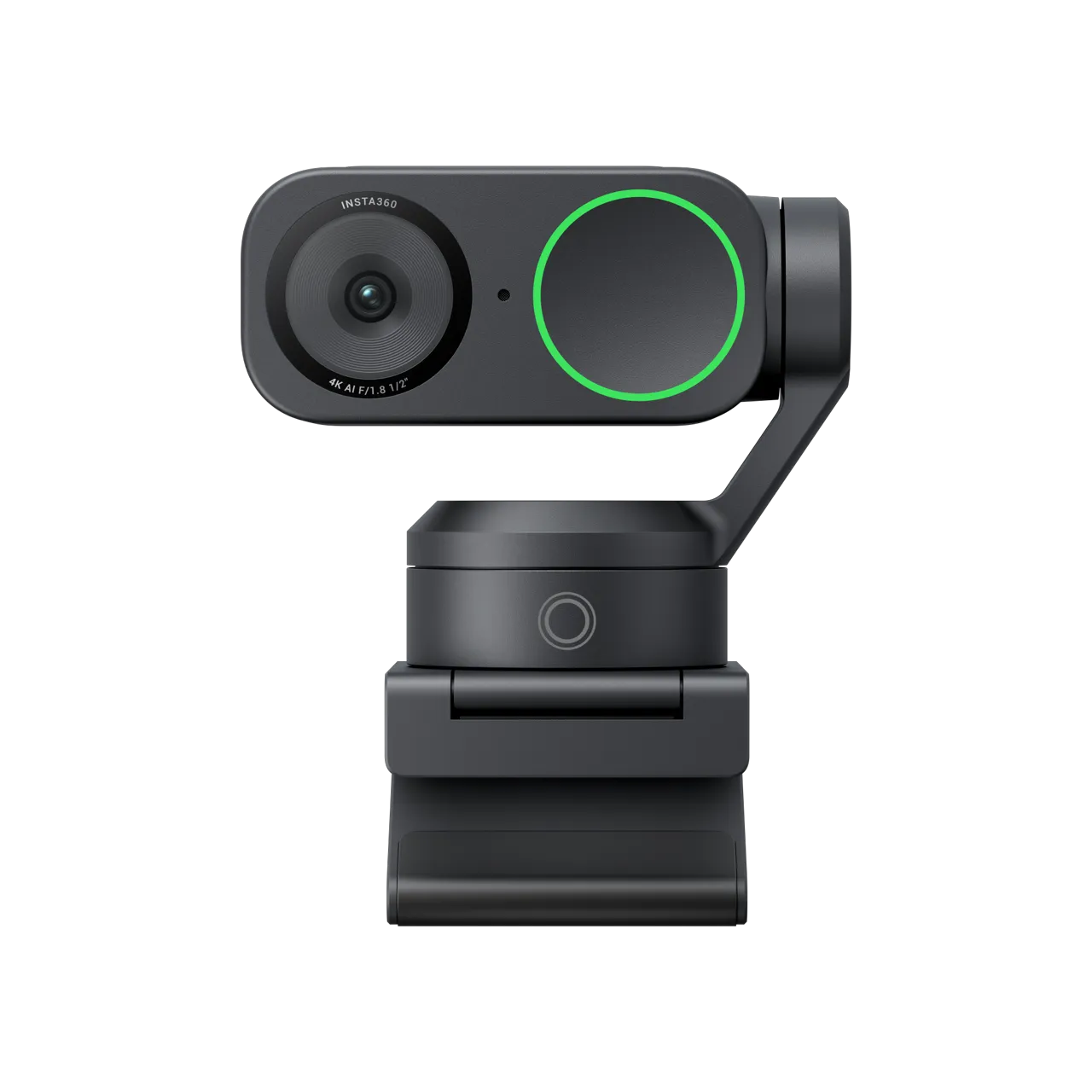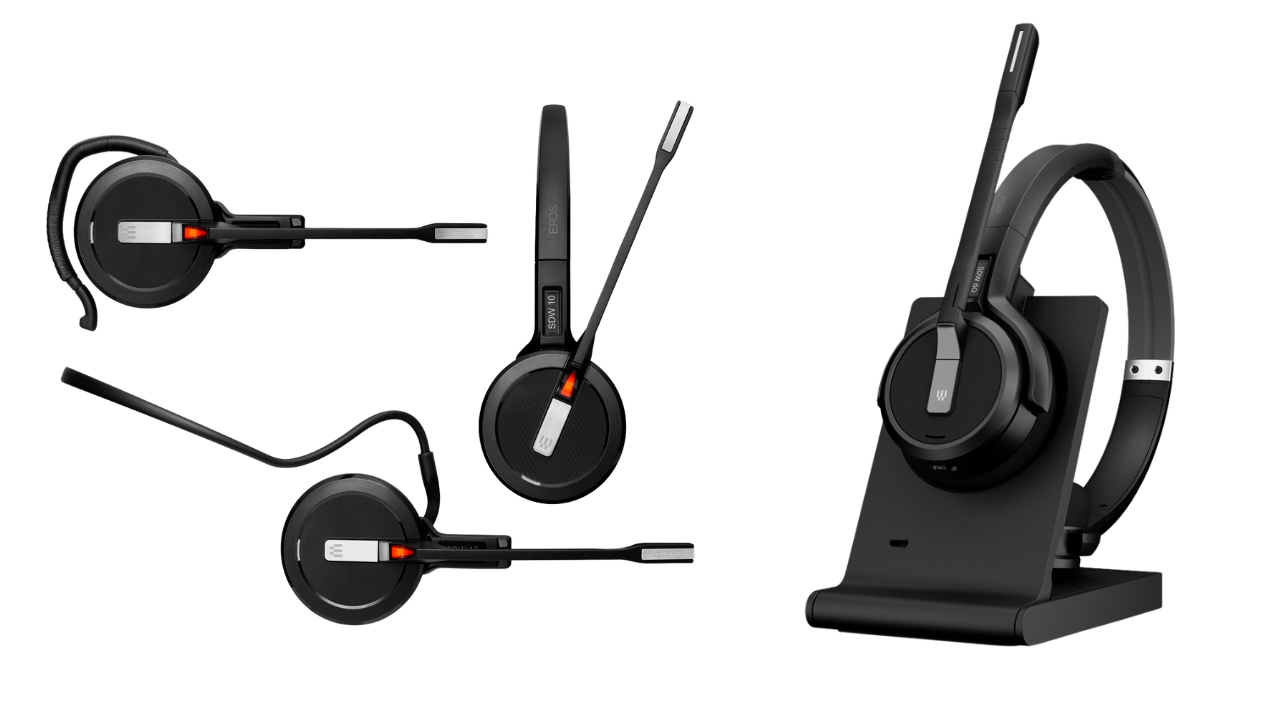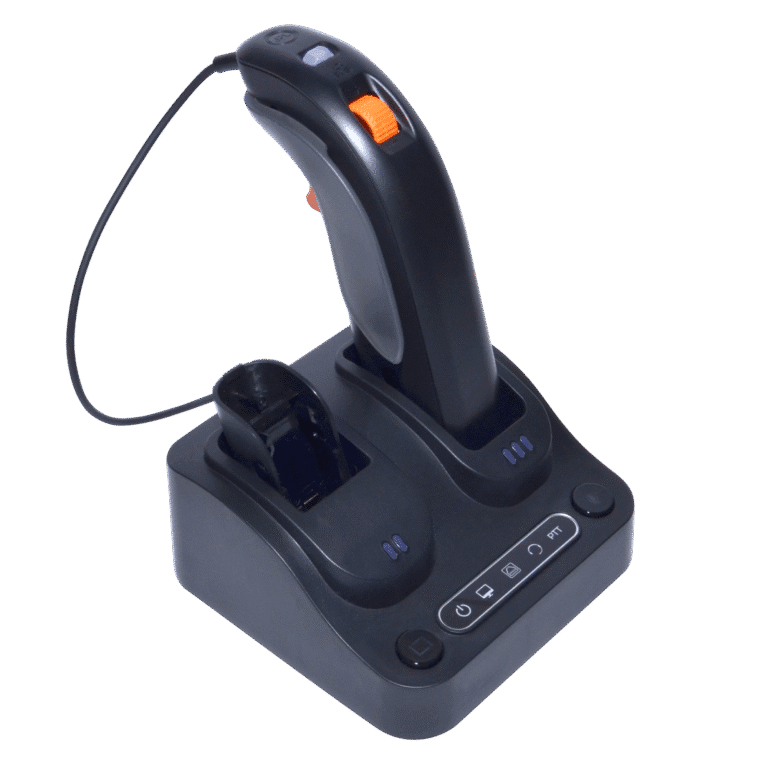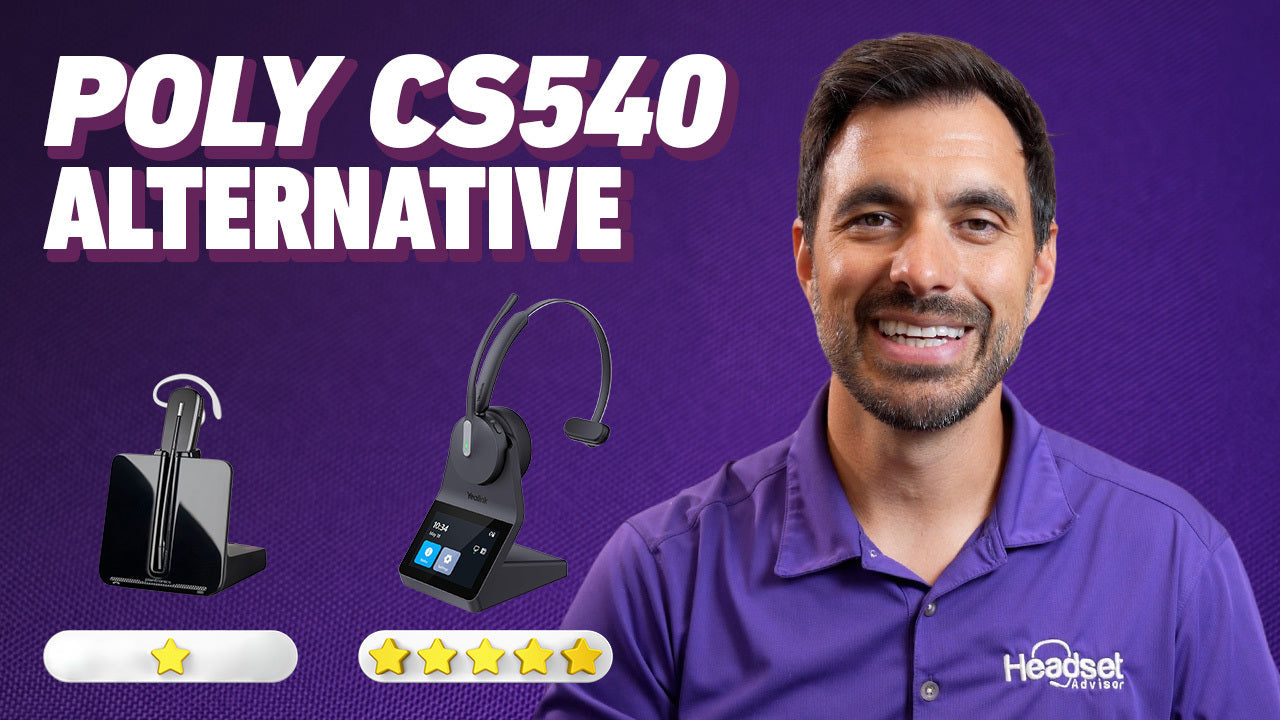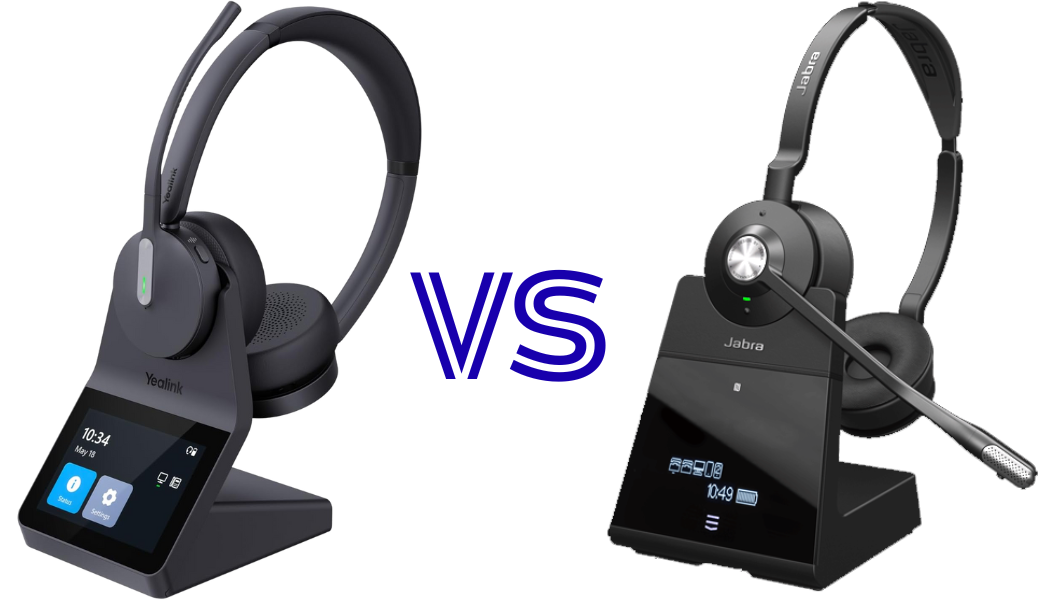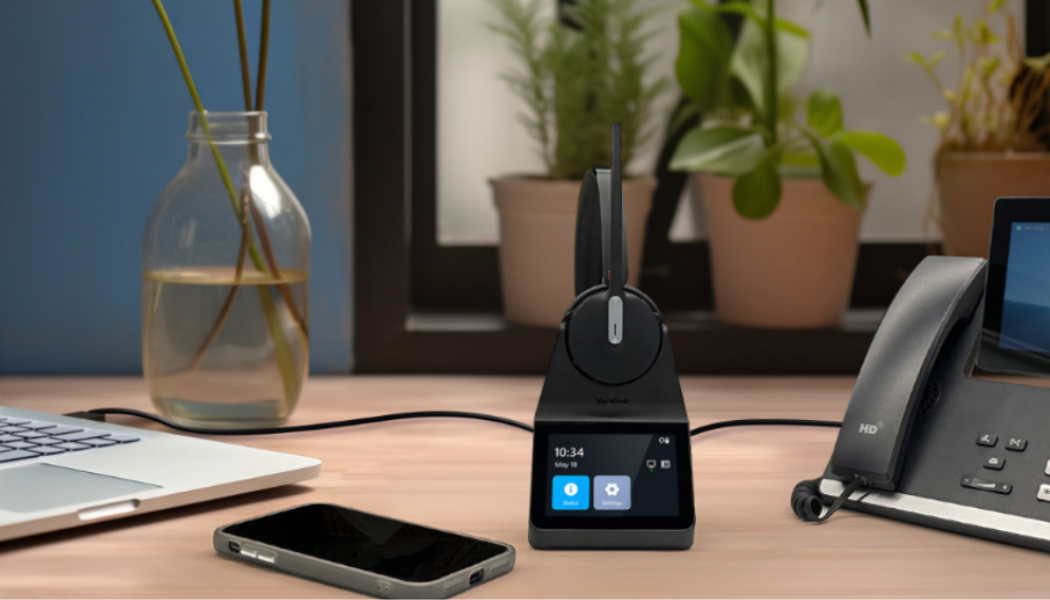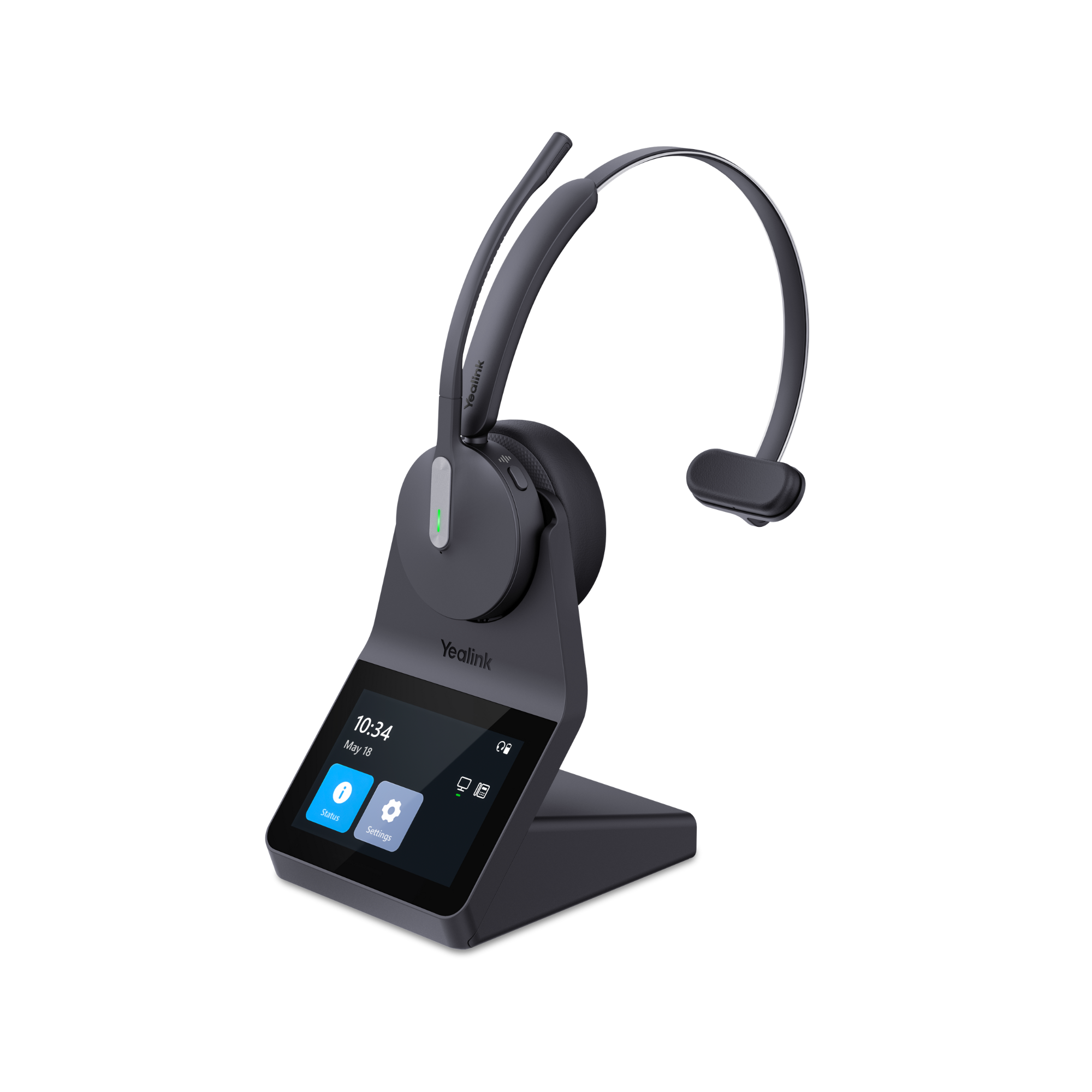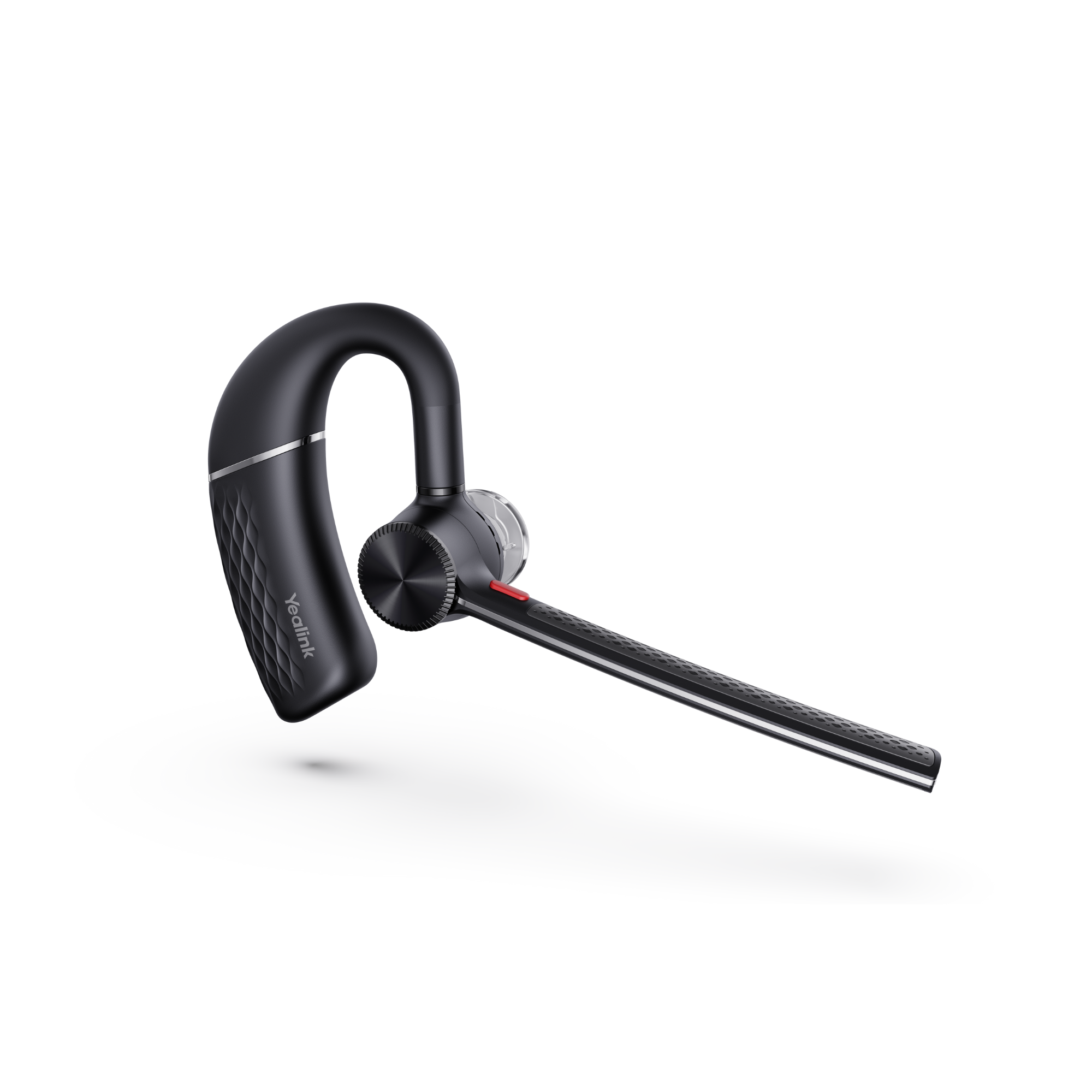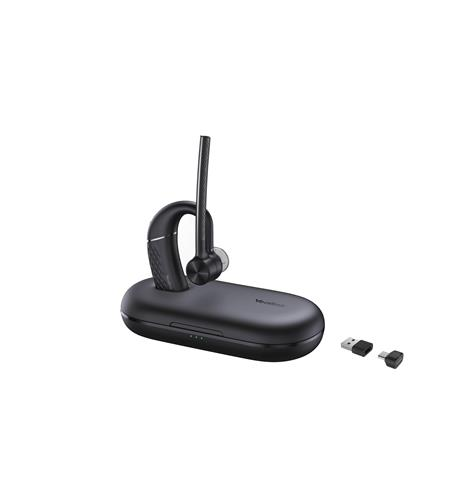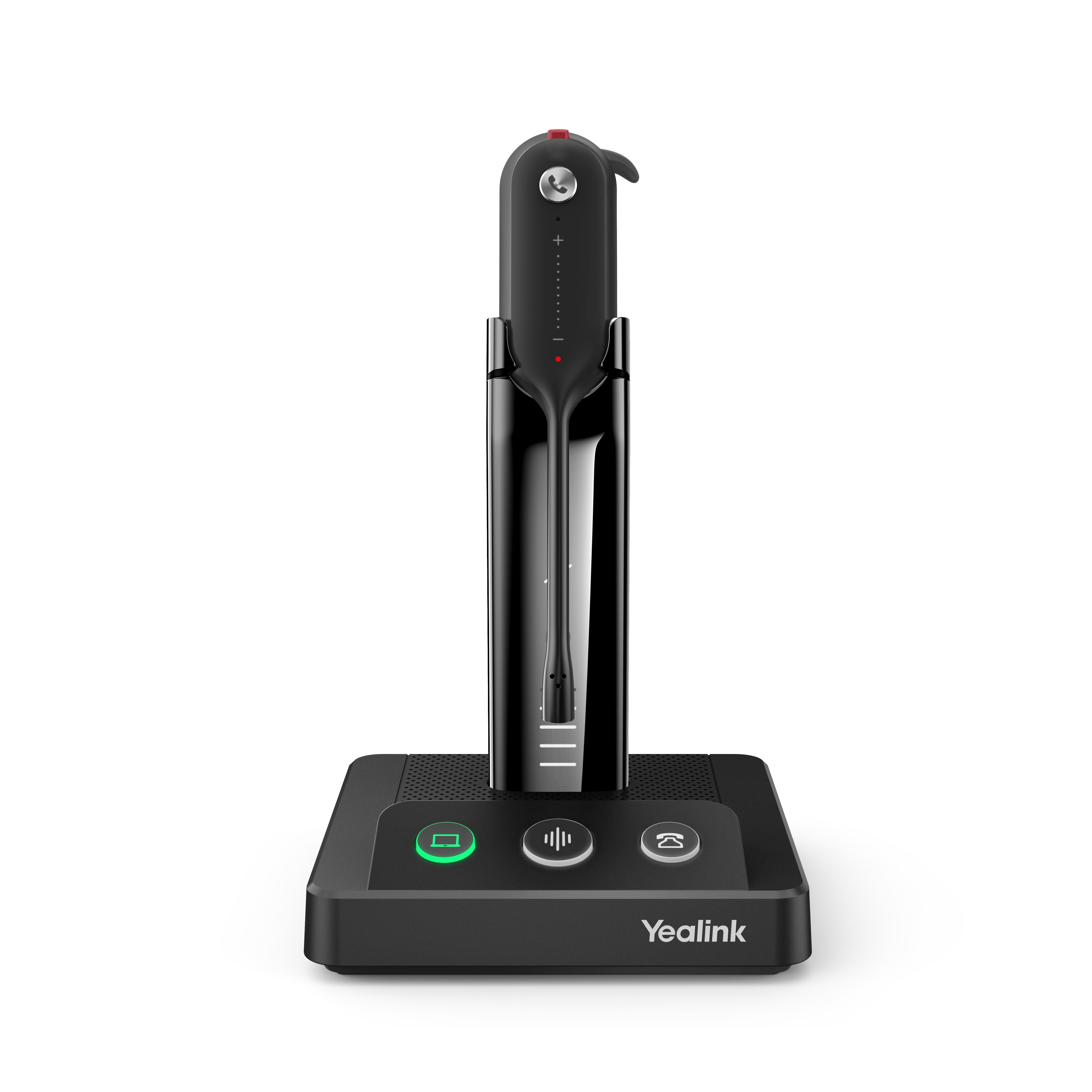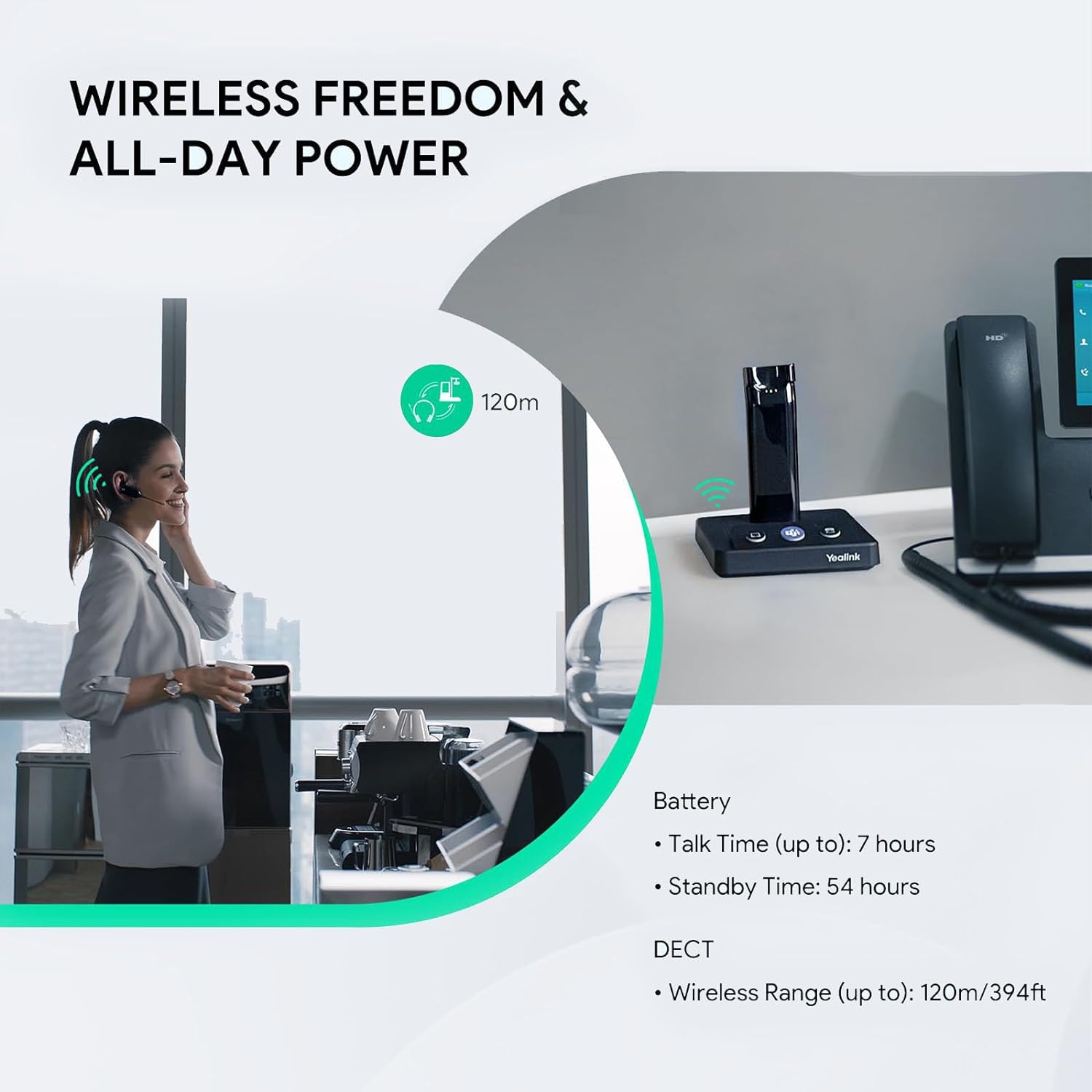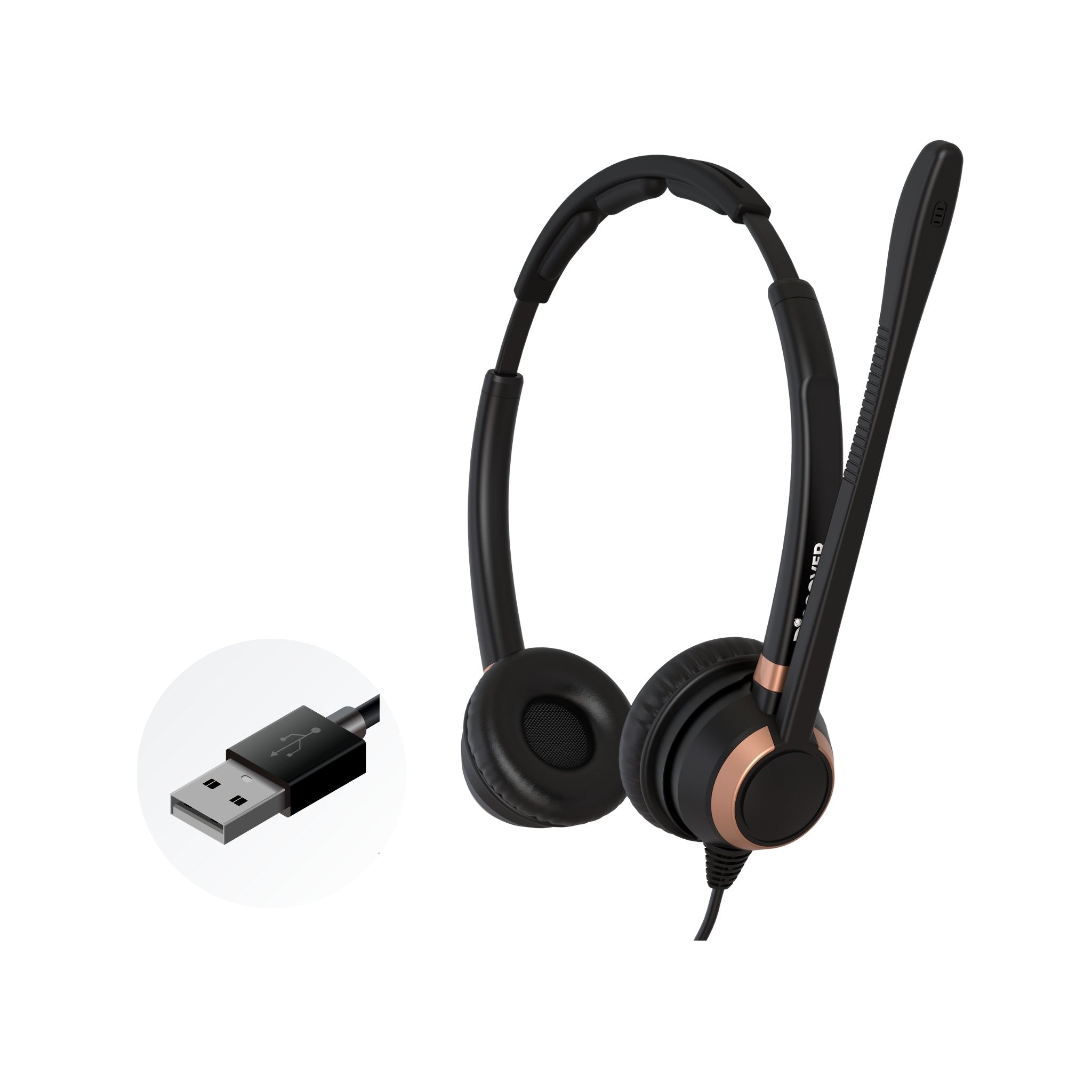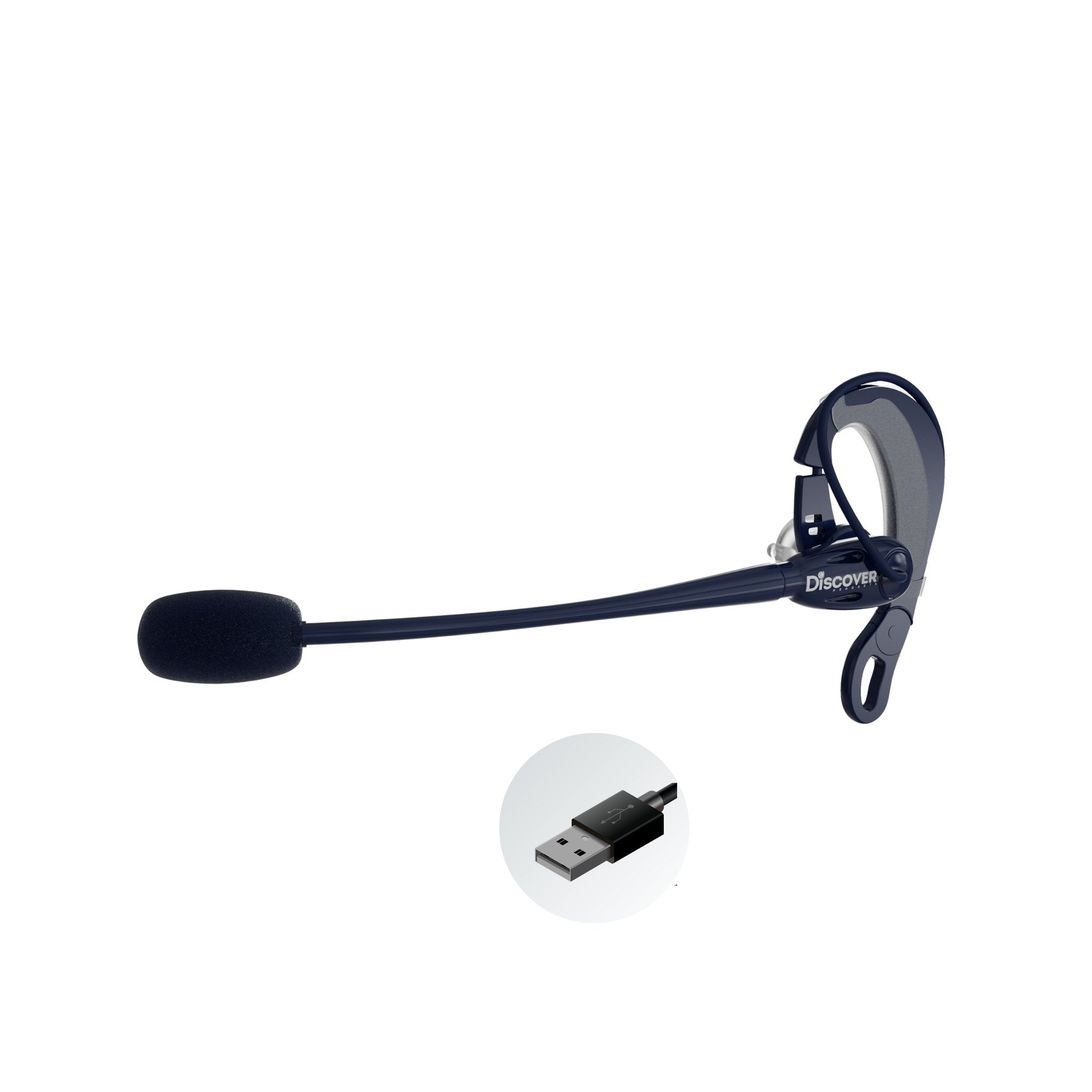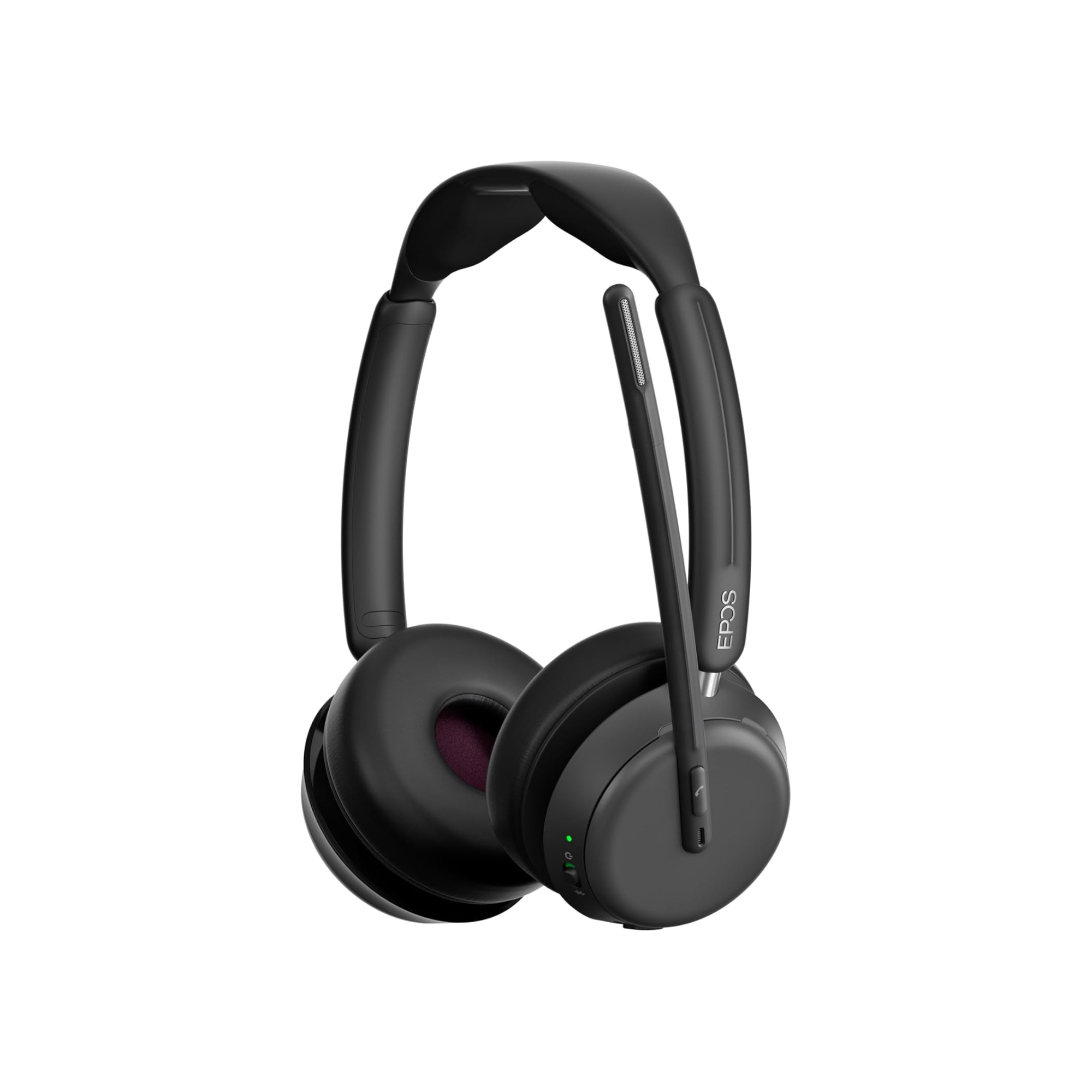The Shokz OpenComm headset is one of those models to come along that’s cut out of a slightly different mold when compared to the more traditional type of headset.
If you’re someone who’s been looking at this model, you might be wondering what the differences are between the OpenComm UC, and the OpenComm.
In this blog, I’ll explain what makes these two models different. But, before I do, I wanted to let you know that we recorded a Youtube video that shows these two models, and explains their differences.
Shokz Opencomm vs Opencomm UC video
If you’re still reading, then let’s dive into these two headsets to learn what makes them different.
For those who are just becoming familiar with Shokz OpenComm headsets, you’ll quickly see that they look different from many other headsets.
- They’re worn behind the neck rather than over the head like a more traditional headset.
- Sound isn’t piped directly into the ear, but instead, it uses a technology called bone conduction. Learn more about Bone Conduction here.
On the surface, you might perceive that the OpenComm headset looks more at home for those working out at a gym, or other places of leisure.
Although those would be places where these headsets could be used, they’re also able to be used in a business oriented environment. And it’s here where we can begin to nail down the key difference between the OpenComm UC, and the Opencomm headsets.
Key Difference
The OpenComm UC model comes with a USB adapter that plugs into a computer. Shokz, the maker of the OpenComm headsets, calls this the Loop 100. The standard OpenComm model doesn’t come with this component.
Is a USB Adapter really necessary?

You might feel that a USB adapter isn’t something you need. In particular, if you plan on using an OpenComm headset with a computer that has Bluetooth already built into it. If so, the OpenComm standard model should work fine, right? Maybe, but then again, maybe not.
Here are a few thoughts to consider:
- Not all computers have Bluetooth built in. This would require a USB adapter if you intend to use an OpenComm headset with your computer.
- Audio quality is typically better, and more consistent when you use a USB adapter, rather than relying on a Bluetooth connection.
- You normally get longer wireless range when you use a USB adapter vs. a Bluetooth connection.
- Using a USB adapter, you typically get a more reliable wireless connection. And, when on important calls, the last thing you need are audio issues.
The other thing worth noting while on the subject of USB adapters, is the Loop 100 USB adapter is designed and manufactured by Shokz. That means that they have full control over integration, firmware updates, feature enhancements and more.
Unlike headset providers that rely on third party USB adapters, Shokz maintains full control over design, computer integration and functionality of the Loop 100 and its connectivity to the headset.
As an OpenComm headset user, that has some meaningful, positive implications. This could include integration with your Softphone application such as Microsoft Teams or RingCentral for example, for remote call control to take calls while away from your desk.
The standard OpenComm headset is Bluetooth compatible, and able to connect to:
- Computers that have Bluetooth built in
- Mobile devices such as smartphones and tablets
The OpenComm UC that comes with the Loop 100 USB Adapter connects to:
- Computers that have Bluetooth built in
- Computers that don’t have Bluetooth built in (via the included Loop 100 adapter)
- Mobile devices such as smartphones and tablets
If you need a headset solely to connect to mobile devices, then the standard model would work well for you.
If you plan on using an OpenComm headset with a computer, it would be highly recommended that you use the OpenComm UC with USB adapter for the reasons noted in this blog.
Both versions of this headset can connect to two devices simultaneously for seamless switching.
Summary
The key difference between the OpenComm UC, and the OpenComm headsets is that the UC version comes with a USB adapter for enhanced performance and functionality.
The main thing you’ll need to decide on is how you intend to use the headset. As noted earlier, if you plan on using solely for use with mobile devices, then the UC version wouldn’t be the model for you.
On the other hand, if your intent is to use the OpenComm headset with a computer, then for sure you’ll want to get the UC variant. Either way, I believe you’ll find the OpenComm headset to be unique, lightweight, and capable.




